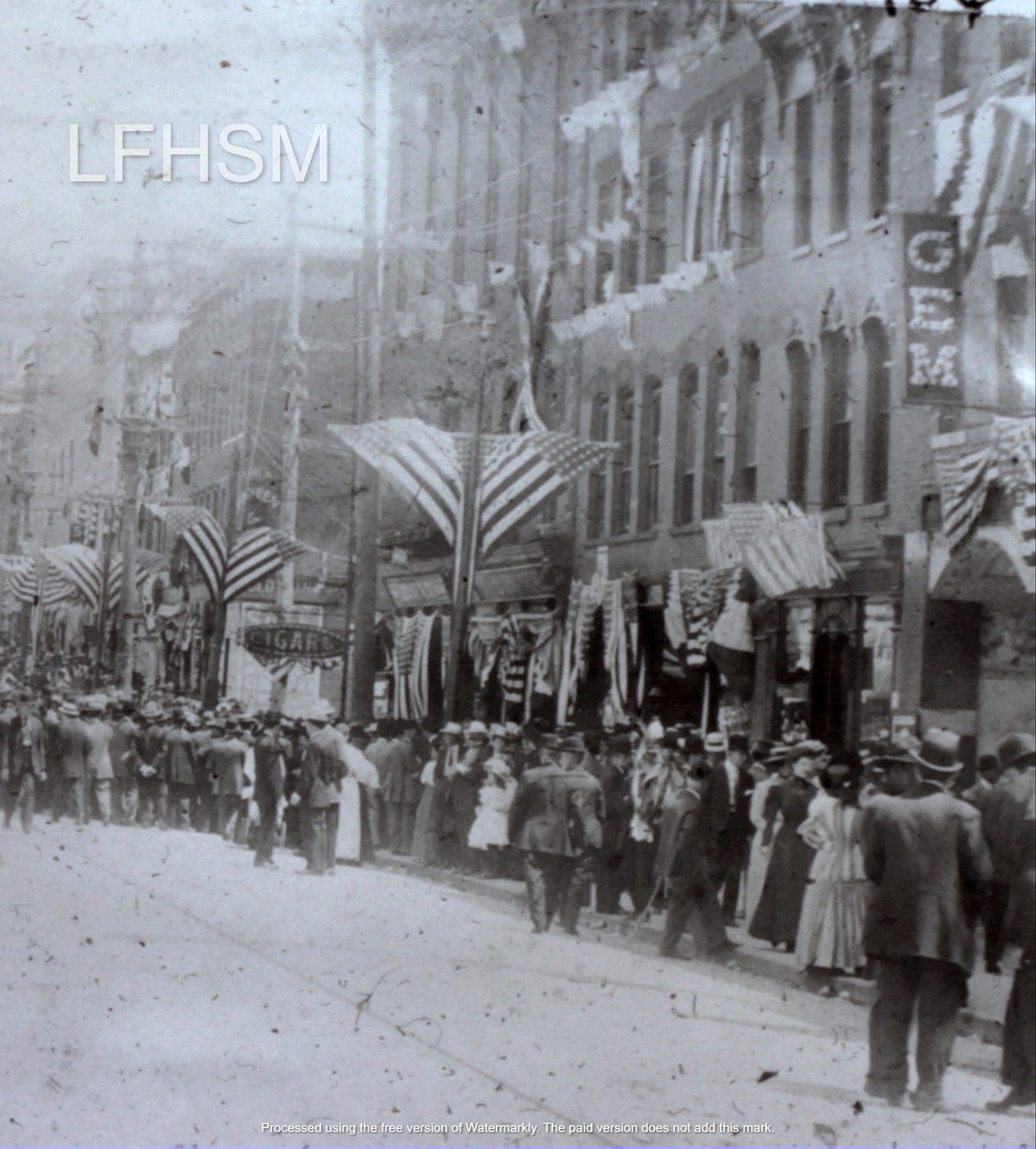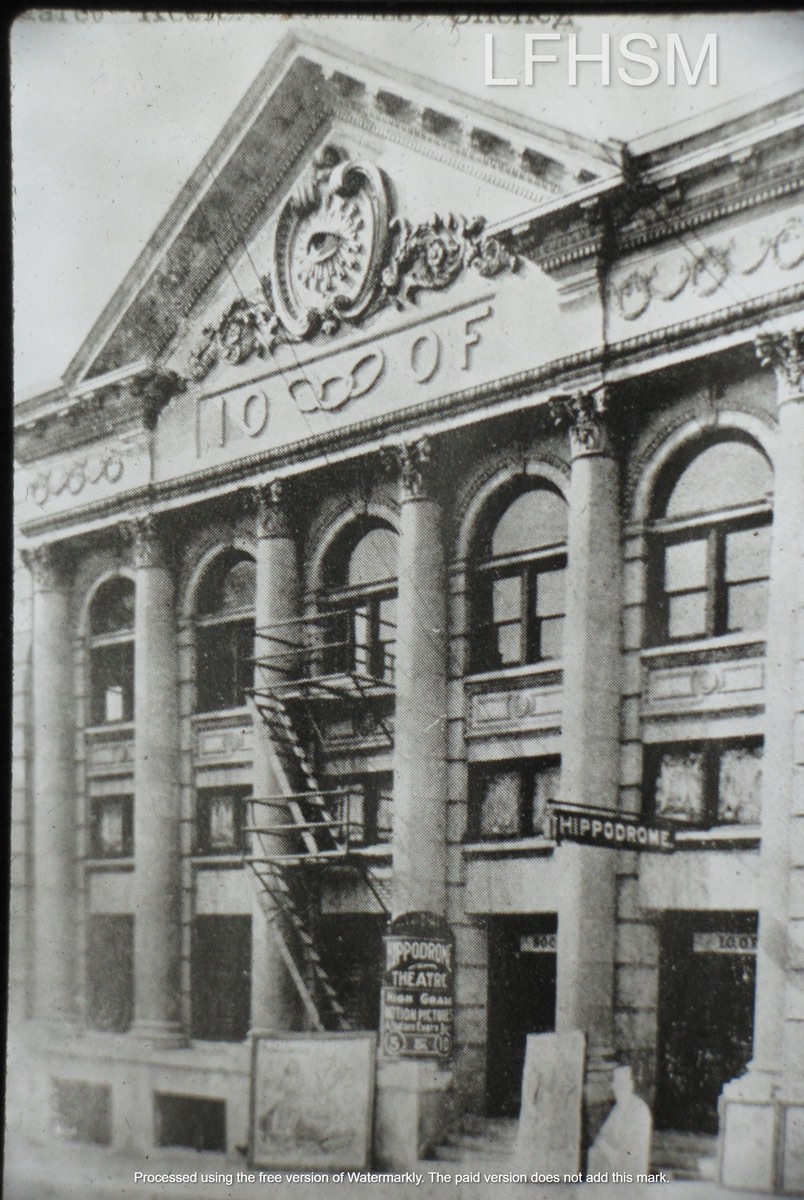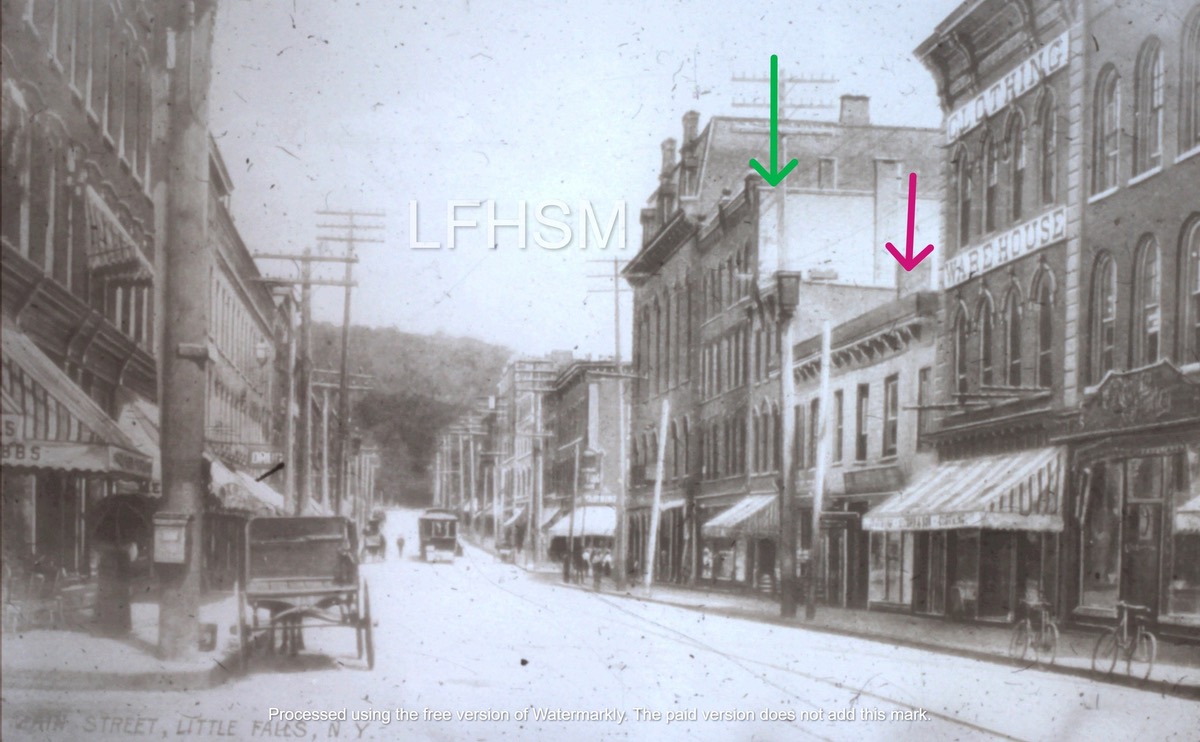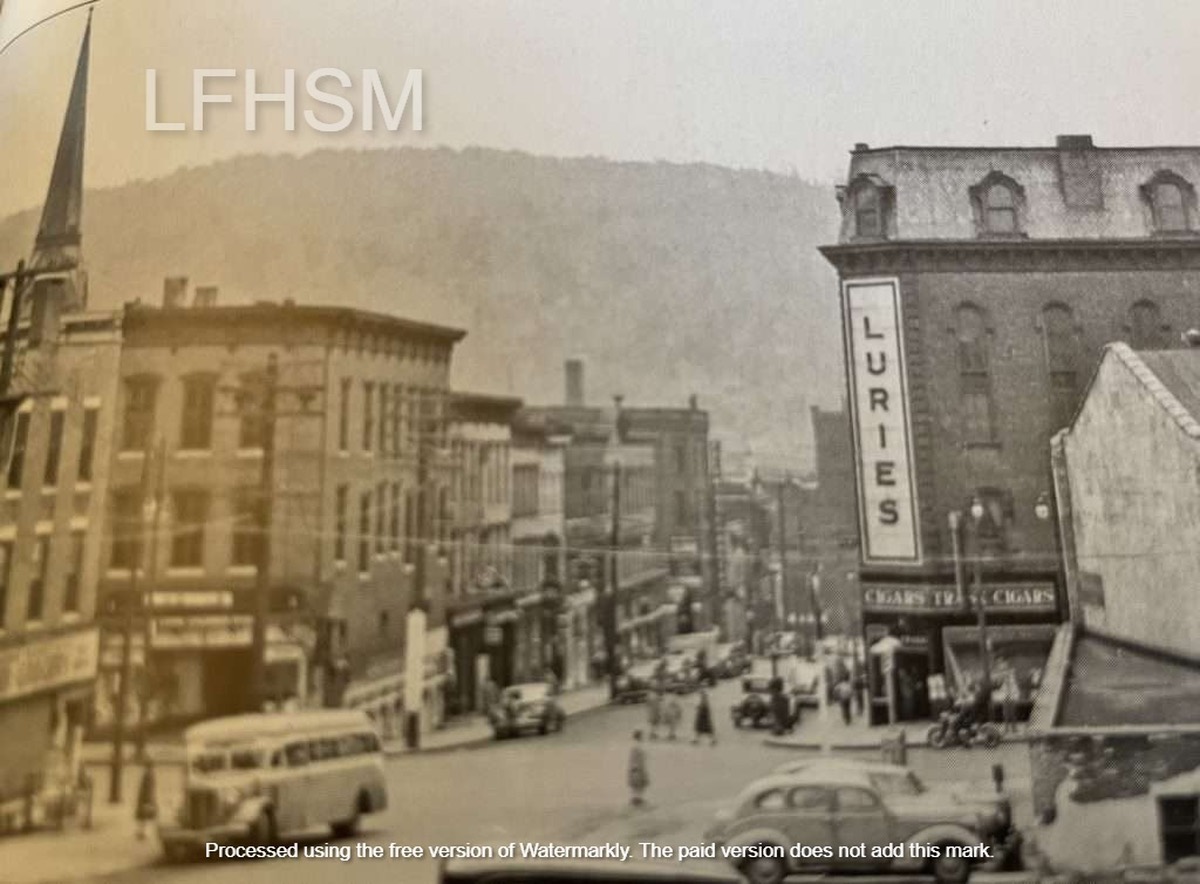2023 CANAL CELEBRATION: 36th Annual Canal Celebration | August 7th-13th
UNVEILING of the HISTORIC 1795 GUARD LOCK signage | The unveiling of the historic 1795 Guard Lock signage will take place on Thursday morning, on August the 10th at 11 am.
Circa 1880’s Rufus Grider Pencil and Graphite Drawing: “Little Falls Rapids”
The signage was made possible by the combined efforts of the Little Falls Rotary Club and the Little Falls Historical Society. The 1795 Guard Lock, being the first lock on the upper end of the Western Inland Lock Navigation Canal, was a non-lifting lock that controlled the redundancy of water. The guard lock is located on Elizabeth Street, opposite the Hansen Island Bridge.
Canal Celebration Events can be found at:
http://www.littlefallsny.com/CanalDays/Schedule.html
THE MAGNIFICENT MILE : PORTAGE TO PRESENT
THE LITTLE CARRYING PLACE
PART I
THE FIRST NAVIGATORS
The first navigators of the Mohawk River at Little Falls were Indigenous American Indians, making their way into the western interior of the country by use of the Mohawk River Valley Route, a water highway. The mile stretch of rapids in the river made boat passage impossible, causing the Indigenous American Indians to place their packs and canoes upon their backs to portage around them. They called the rapids “Astenrogan” meaning “tumbling waters.” Starting in the 1600s, fur traders, explorers, pioneers and militia navigated through this area on their way to western settlements. The Mohawk River’s cascading falls of shallow rapids contributed to the naming of “Little Falls” and as the “Little Carrying Place” by its early navigators. 58 miles to the east on the river lies the “Great Falls” of Cohoes, N.Y. The “Great Carrying Place” was 39 miles west on the river at Oneida, N.Y. The Indigenous American Indians ran the carry for the next century, using beaver pelts that had a monetary value of $3, as their first commodity.
A PALATINE PORTAGE
The first settlers, exiled German Palatine farmers, came to Little Falls in 1722, as part of the Burnetsfield Patent. Amongst these settlers were Johan Jost Petrie, who is considered the first settler of Little Falls and his brother-in-law, Johan Jost Herkimer.
Petrie managed the north side of the Little Carrying Place, with the portage starting at the Asterogan rocks by Moss Island. The route continued for about a mile around the wet lowlands that were filled with rocks and potholes, with it ending at the calm waters by present-day Hansen Island. Petrie built a grist mill at the mouth of Furnace Creek between 1722 and 1725, with it being the first industry at Little Falls. The mill was burned during the Petrie Grist Mill massacre of 1782, at the end of the Revolutionary War.
Herkimer managed the Little Carrying Place on the southside of the Mohawk River, with the route running from where the remnants of the Adirondack Woolen Mill is on Moss Island (in the 1700s the land mass was part of the south side of Little Falls) to opposite present-day Hansen Island. Herkimer built a stone house and trading post near the present-day Fort Herkimer Church in German Flats in 1740, which was later fortified for the American Revolution. Johan Jost was father to General Nicholas Herkimer.
Both families quickly amassed wealth with the collection of tolls from the influx of cargo boats that navigated through the carry
MOHAWK RIVER BOATS
By 1730, the Batteaux Boat was the most common mode of transportation on the Mohawk River. Depending on the condition of the water, the boat, which had a one-foot shallow draught, could be propelled forward with poles, oars, or sails. They were anywhere from 30 to 40 feet in length and could carry up to 2 tons of goods. They were first portaged around the rapids at the Little Carrying Place on stone sleds pulled by a team of oxen. By the 1740s, the oxen were pulling wagons at the carry that had been designed with very wide wheels. The wagons were large enough to hold a Batteaux Boat for portaging.
MILITIA AT THE CARRY
The Little Carrying Place was heavily used by the militia. From 1775 through 1782, the raiding Loyalists ravaged through the Mohawk Valley, accounting for many of the Burnetsfield land lots being abandoned by the fleeing families during the American Revolution. Loyalist Palatines also lost their land lots when the Revolution ended due to the Forfeiture Act of 1779, leaving most of the land on the north side of Little Falls available for purchase.
DID YOU KNOW …Little Falls legend has it that while General George Washington toured the Mohawk Valley in 1783 to inspect the battle sites of the American Revolution, he looked over the Little Carrying Place and stated that a canal should be built around the rapids for commercial growth and military use.
*Digitizing of Historical Photo by Gail & Mike Potter, Article written by Darlene Smith
Please stop in at the Little Falls Rotary Park Marina to view the “THE MAGNIFICENT MILE : PORTAGE TO PRESENT” canal history exhibit.
The Little Falls Museum will be open during the 36th Annual Canal Celebration: on Monday from 1-4pm; on Wednesday from 1-4pm; on Friday from 10am-4pm; and on Saturday from 10am-4pm. Please plan a visit to stop in during canal week at Little Falls
The Rialto Theater : Stop # 32 on the “Historic Homes and Places, Little Falls, NY Walking Tour : Please plan a walking tour of our city: Preserve Our Past (POP) has a walking tour for the east side of the village, which their tour book “Architectural Tour East” can be purchased from a POP Member or at the LFHS Museum for $8. The Little Falls Historical Society Museum has a walking tour of the west side of the village, “Historic Homes & Places in Little Falls, NY” (this tour can also be enjoyed virtually at the above link) Have a wonderful walk-about
Please plan a visit to the Little Falls Historical Society Museum to view the “Urban Renewal Exhibit.” If you can’t make it into the museum, the virtual “Urban Renewal Exhibit.”
The Little Falls Historical Society Museum is open for the 2023 SEASON, with FREE TOURS on Mondays, Wednesdays, and Fridays from 1pm-4pm. The museum will also be open on alternating Saturdays, from 9AM-Noon (started June 3rd). We are still accepting “Appointments for After Hours” for an appointment, please contact Louis Baum at 315-867-3527. We hope to see you soon!
Would you like to become a member of the Little Falls Historical Society Museum? Please learn more here.
“Batteaux Crossing” Circa 1885 | A sketch of a boat being portaged by Benson J Lossing
























